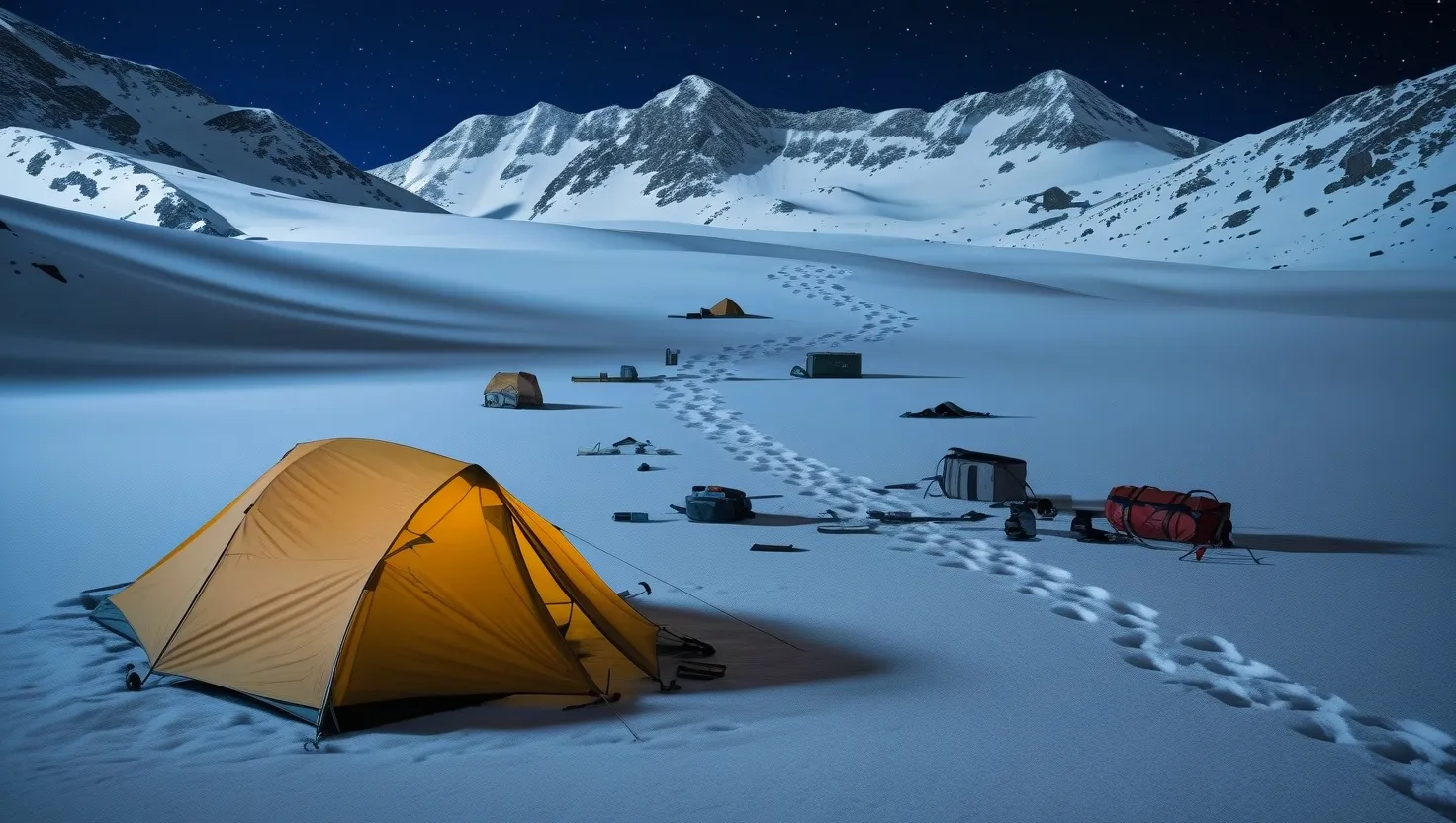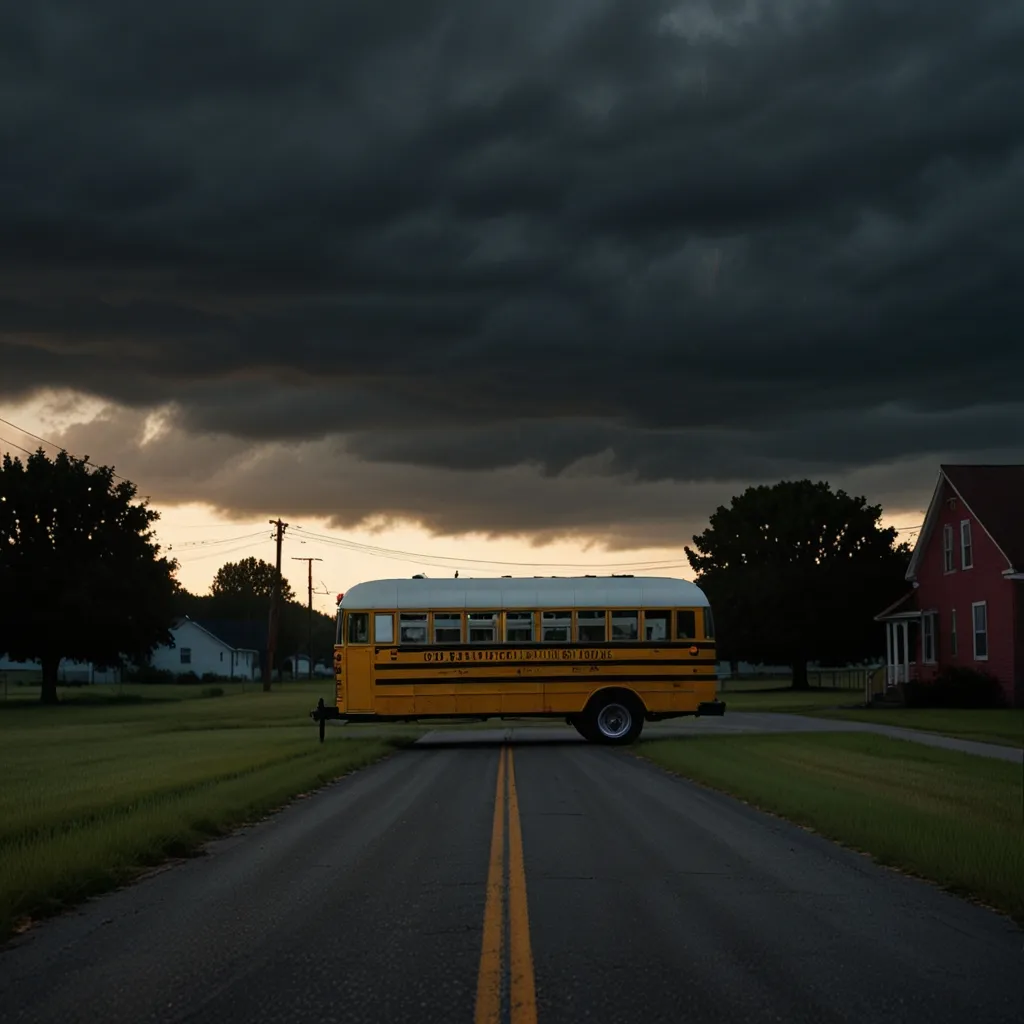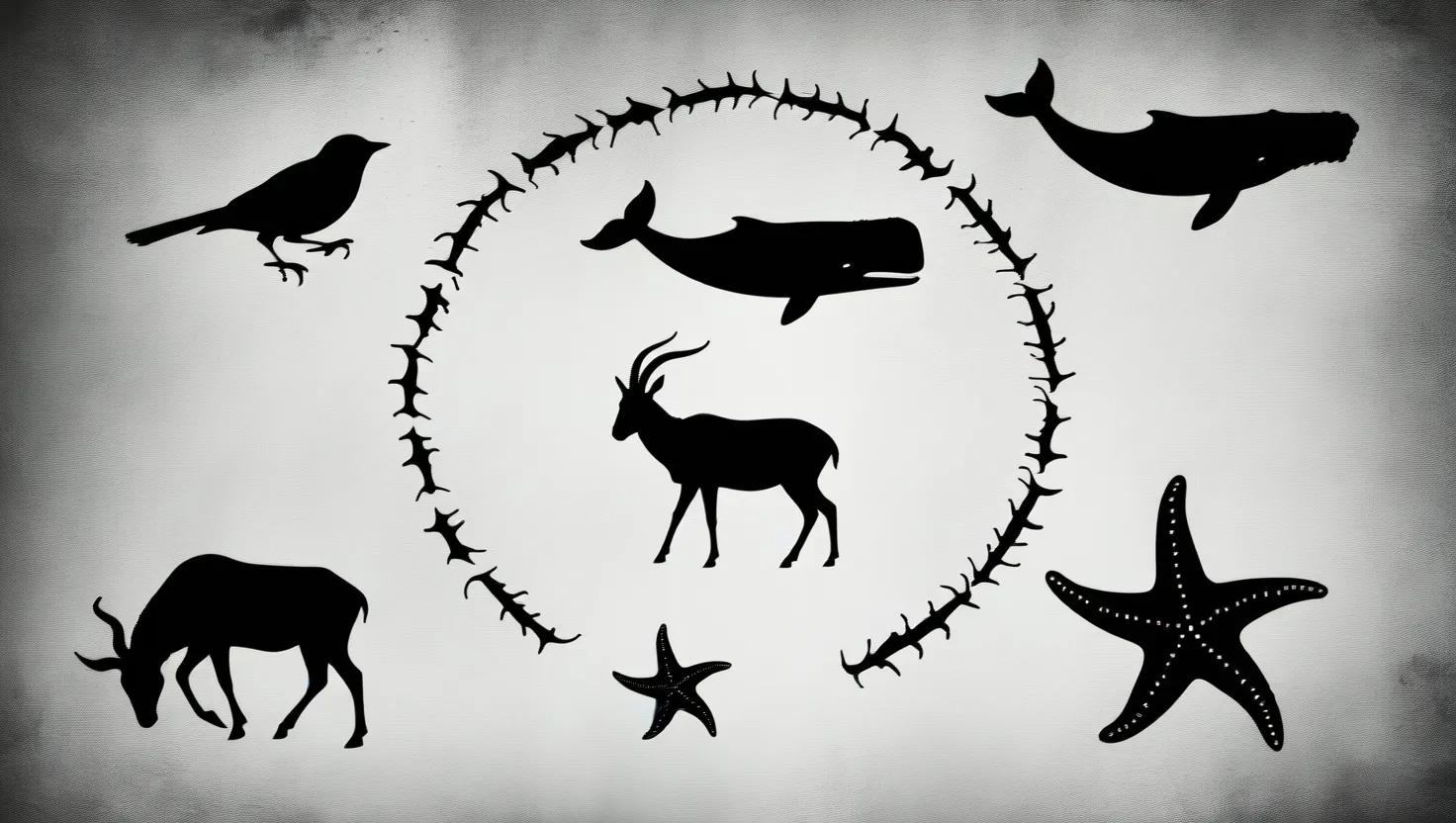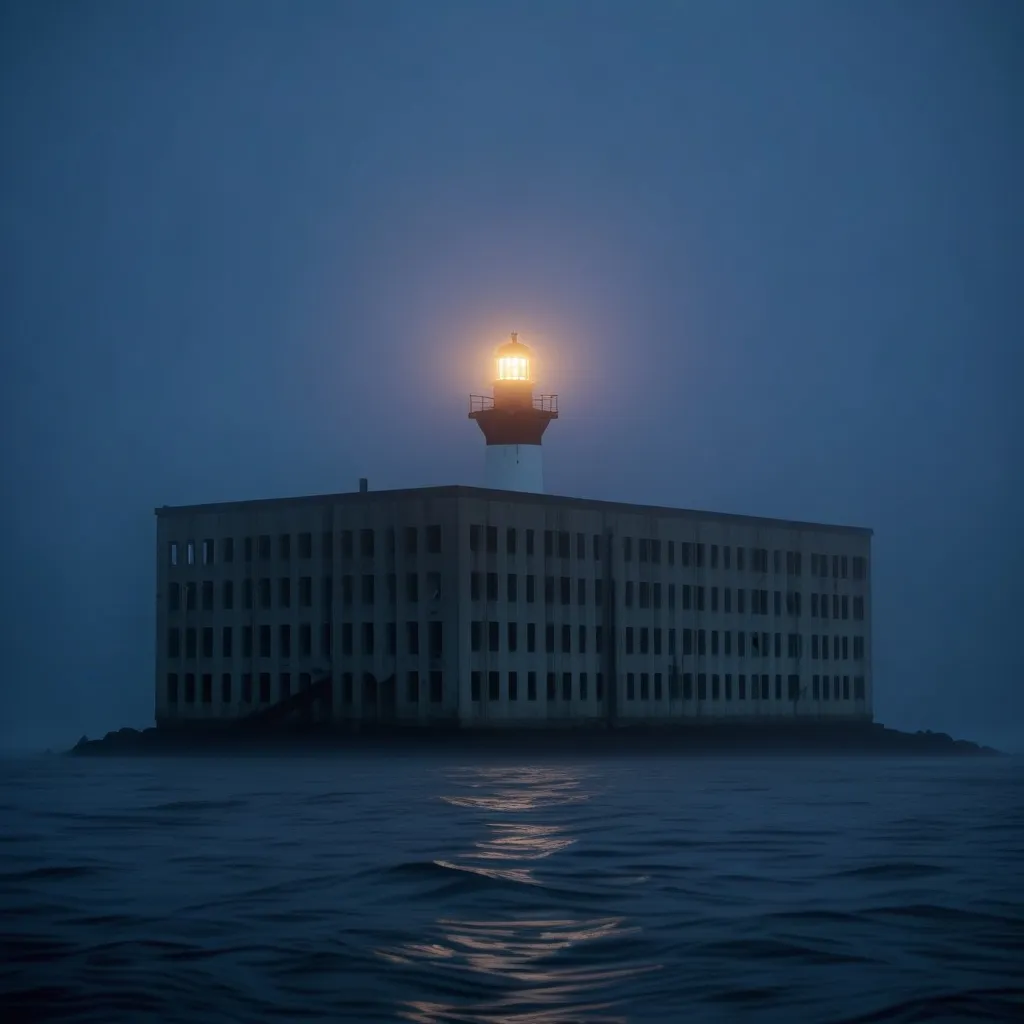In the heart of the Ural Mountains, a tragedy unfolded in February 1959 that would etch itself into the annals of history as one of the most baffling mysteries of the 20th century. The Dyatlov Pass Incident, named after the expedition’s leader, Igor Dyatlov, is a tale of nine experienced hikers who met a bizarre and tragic end, leaving behind a trail of unanswered questions and unexplained phenomena.
Imagine venturing into the unforgiving Russian wilderness, armed with nothing but your wits, skis, and a sense of adventure. This was the reality for Igor Dyatlov and his group of eight friends, all seasoned outdoor enthusiasts from the Ural Polytechnic Institute. Their mission was to conquer the remote peaks of the Ural Mountains, a challenge that many before them had undertaken but few had completed.
As they set out on their 16-day cross-country ski trip, the group was filled with a mix of excitement and trepidation. The Urals, a mountain range that splits western Russia from Siberia, are known for their harsh weather conditions and rugged terrain. Yet, these young adventurers were well-prepared, having spent years honing their skills in the wilderness.
But something went terribly wrong.
When the bodies of the hikers were finally discovered, the scene was nothing short of surreal. Their tent, which had been their sanctuary against the elements, was found ripped open from the inside. The hikers themselves were scattered across the mountainside, some barefoot and partially undressed, despite the freezing temperatures that could drop to as low as -30°C.
“Their bodies were found in various states of undress, some without shoes, others without hats or gloves,” a detail that defies logic given the extreme cold. What could have driven these experienced hikers to flee their tent in such a state?
Autopsies revealed injuries that were as bizarre as they were severe. Some hikers had crushed ribs and skulls, yet there were no signs of a struggle. It was as if they had been subjected to an invisible force, one that left no external marks but caused internal damage that was fatal.
Theories about the cause of their deaths have been as varied as they are intriguing. Some believe it was an avalanche, a natural disaster that can strike without warning. However, the lack of typical avalanche signs and the strange injuries have led many to question this explanation.
Others have ventured into more speculative territory, suggesting military testing, infrasound-induced panic, or even extraterrestrial encounters. The high levels of radiation found on some of the hikers’ clothing have only added fuel to these conspiracy theories.
“Their clothing was radioactive,” a fact that has sparked endless speculation. Could it be that the hikers stumbled upon a secret military operation? Or was it something more sinister?
The Soviet government’s handling of the case did little to quell these rumors. The investigation was shrouded in secrecy, and the details that were released only seemed to raise more questions. It was as if the government was hiding something, but what?
In recent years, scientists have proposed a new explanation – a rare type of avalanche known as a slab avalanche. This phenomenon occurs when a layer of snow breaks off and slides down the mountain, often with little warning. It could explain some of the injuries and the hikers’ frantic escape from their tent.
However, even this theory fails to account for all the peculiarities of the case. Why were the hikers undressed? Why were there no signs of a struggle? And what about the radiation?
As we delve deeper into this mystery, we are forced to confront the limits of our understanding. The Dyatlov Pass Incident is not just a tragic event; it is a window into the unknown, a reminder that there are forces beyond our comprehension that can shape our destinies in unexpected ways.
“Nature is not a place to visit. It is home,” as Gary Snyder once said. But what happens when our home turns against us?
The Dyatlov Pass Incident remains an enduring mystery, one that continues to captivate researchers and the public alike. It is a cold case that refuses to be closed, a reminder of the complexities and mysteries that surround us.
As we reflect on this tragedy, we are left with more questions than answers. What drove those hikers to flee their tent in the dead of night? What forces were at play in that remote mountain pass? And what can we learn from this incident about human behavior under extreme conditions?
Perhaps the most profound insight we can glean from the Dyatlov Pass Incident is the humility it imposes upon us. It reminds us that, despite our advancements and knowledge, there are still many things we do not understand.
“The universe is not only stranger than we think, it is stranger than we can think,” said Albert Einstein. The Dyatlov Pass Incident is a stark reminder of this truth, a mystery that continues to haunt us and challenge our understanding of the world.
In the end, the Dyatlov Pass Incident is more than just a tragic event; it is a testament to the enduring power of mystery and the human spirit’s quest for answers in the face of the unknown. As we continue to explore and seek explanations, we are reminded that sometimes the most profound truths lie just beyond our reach, waiting to be discovered.






